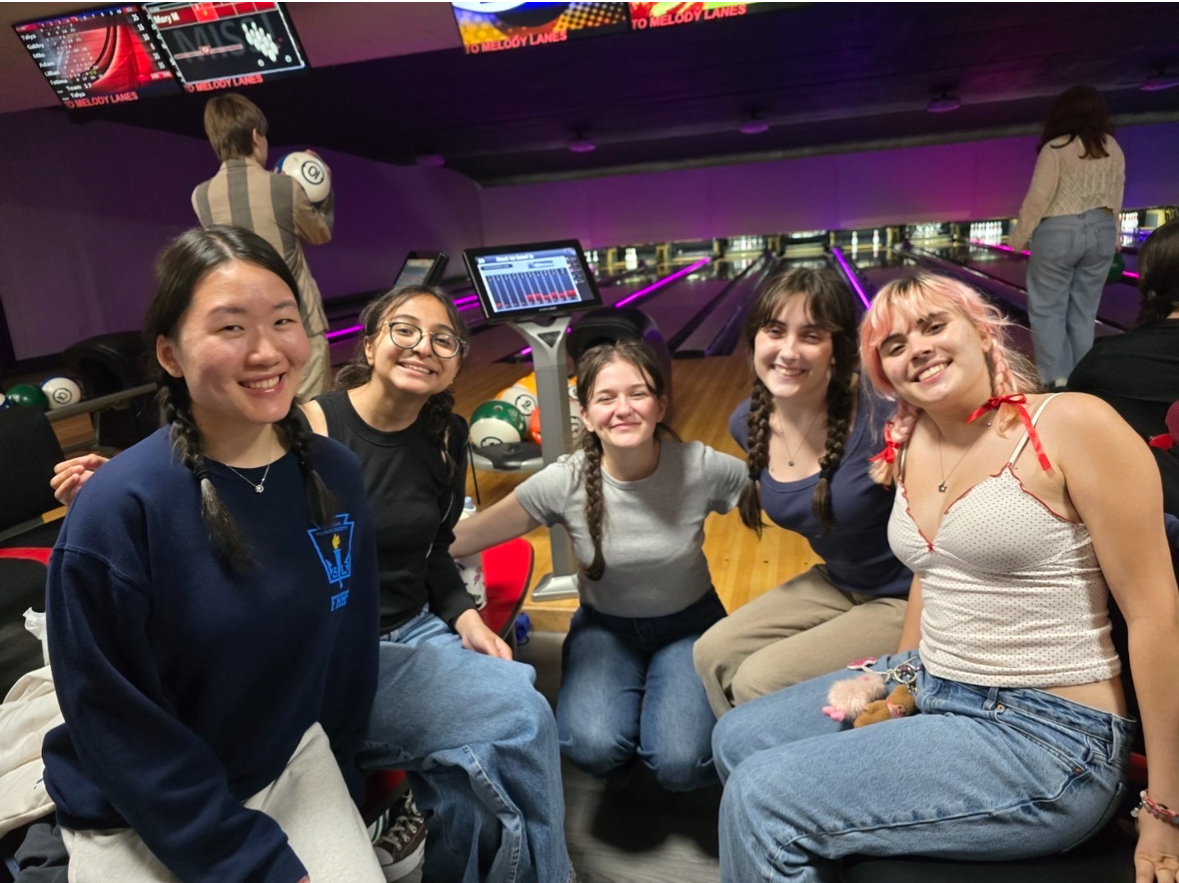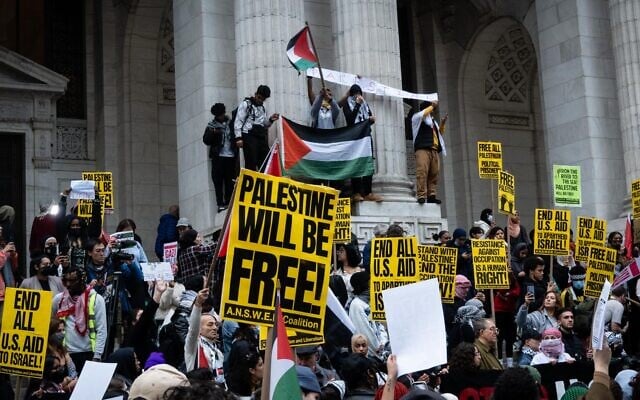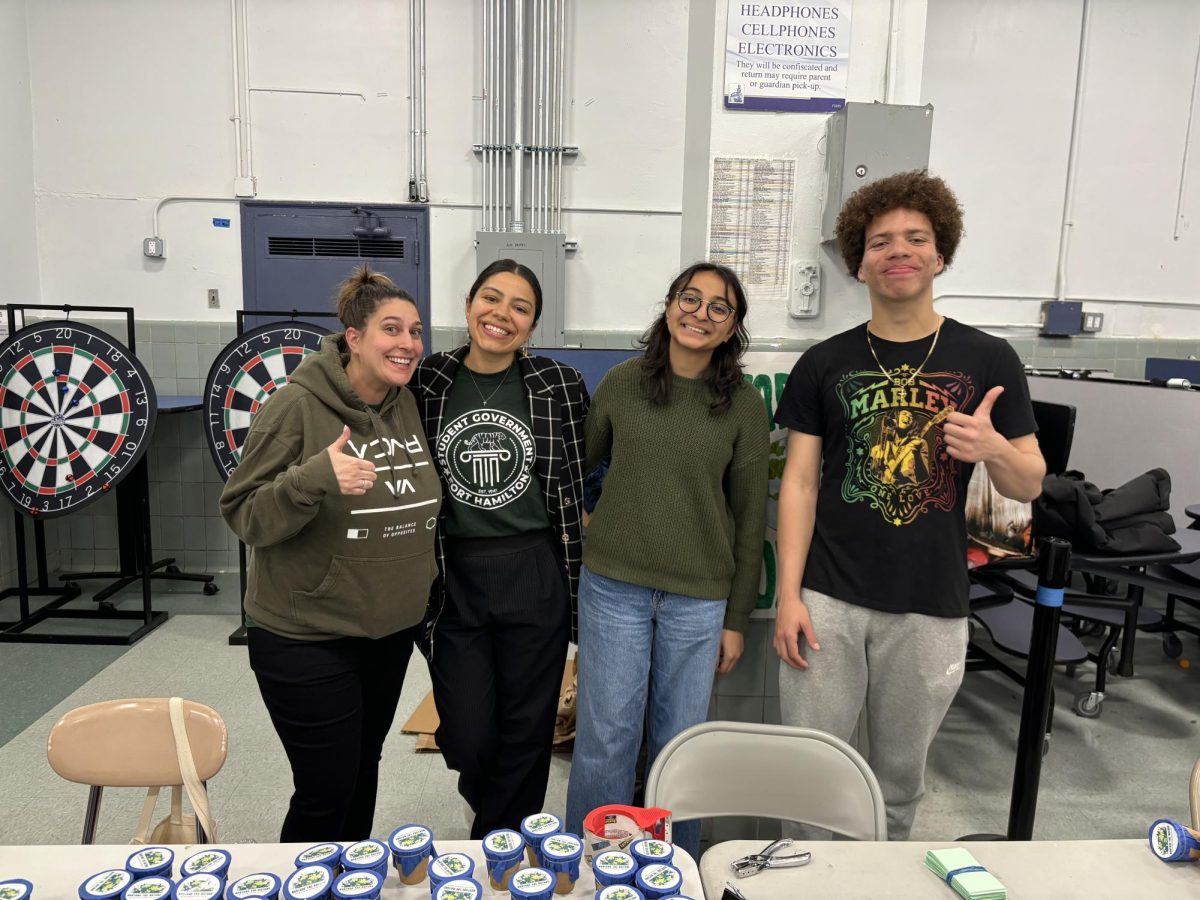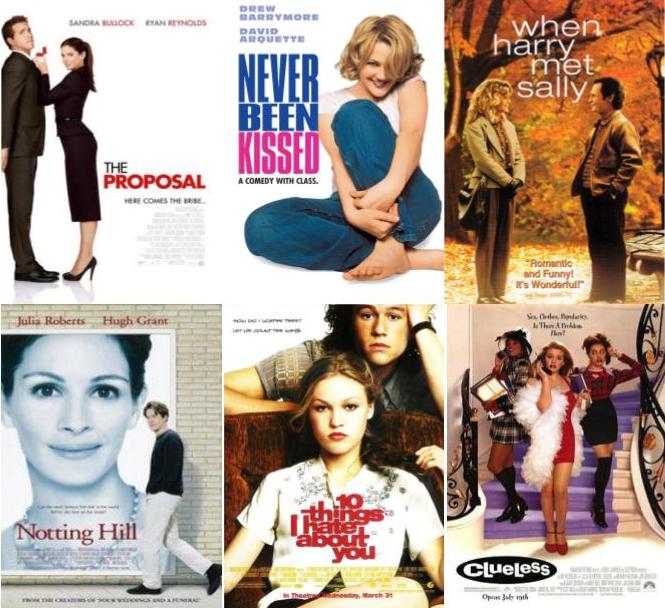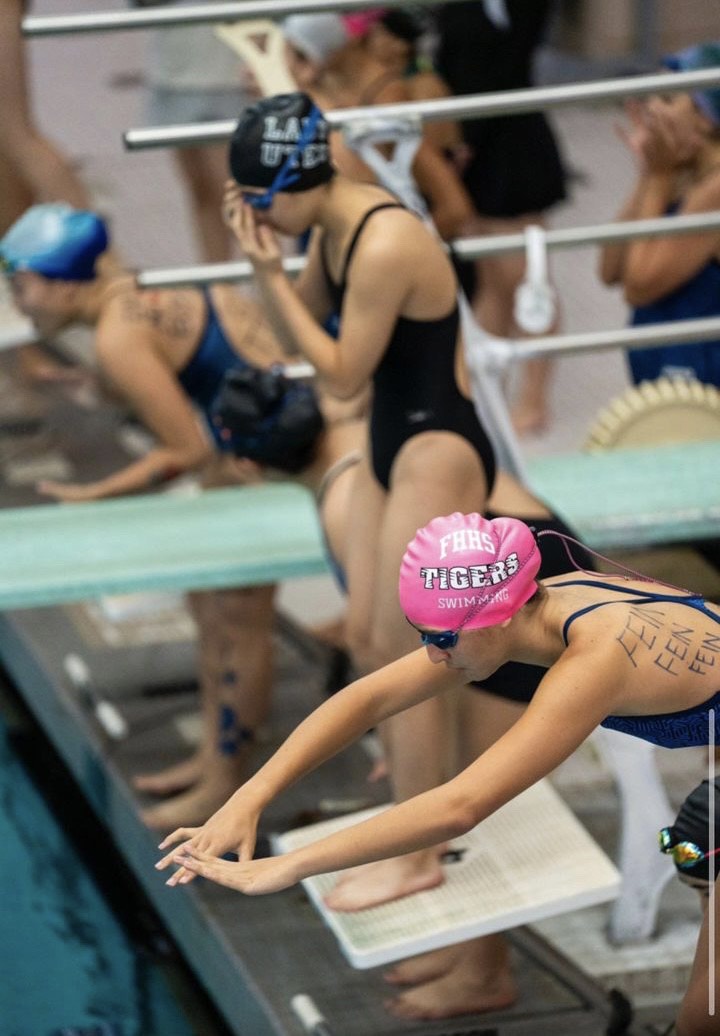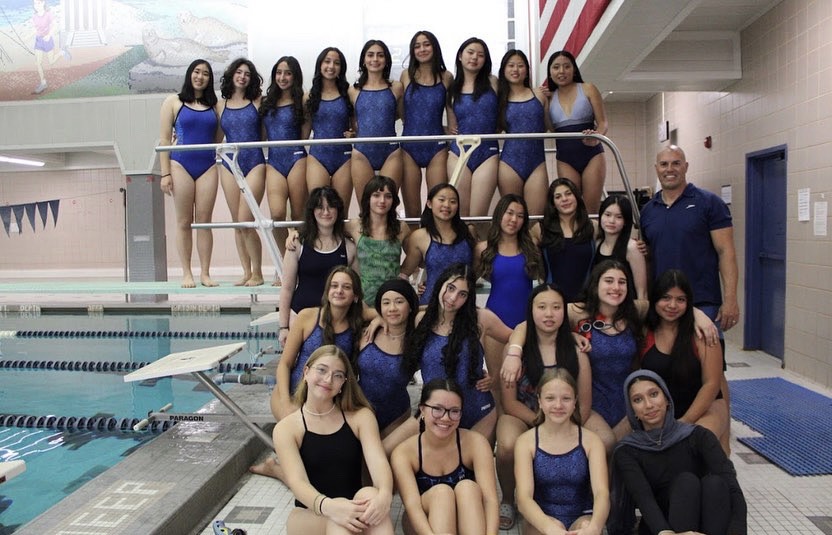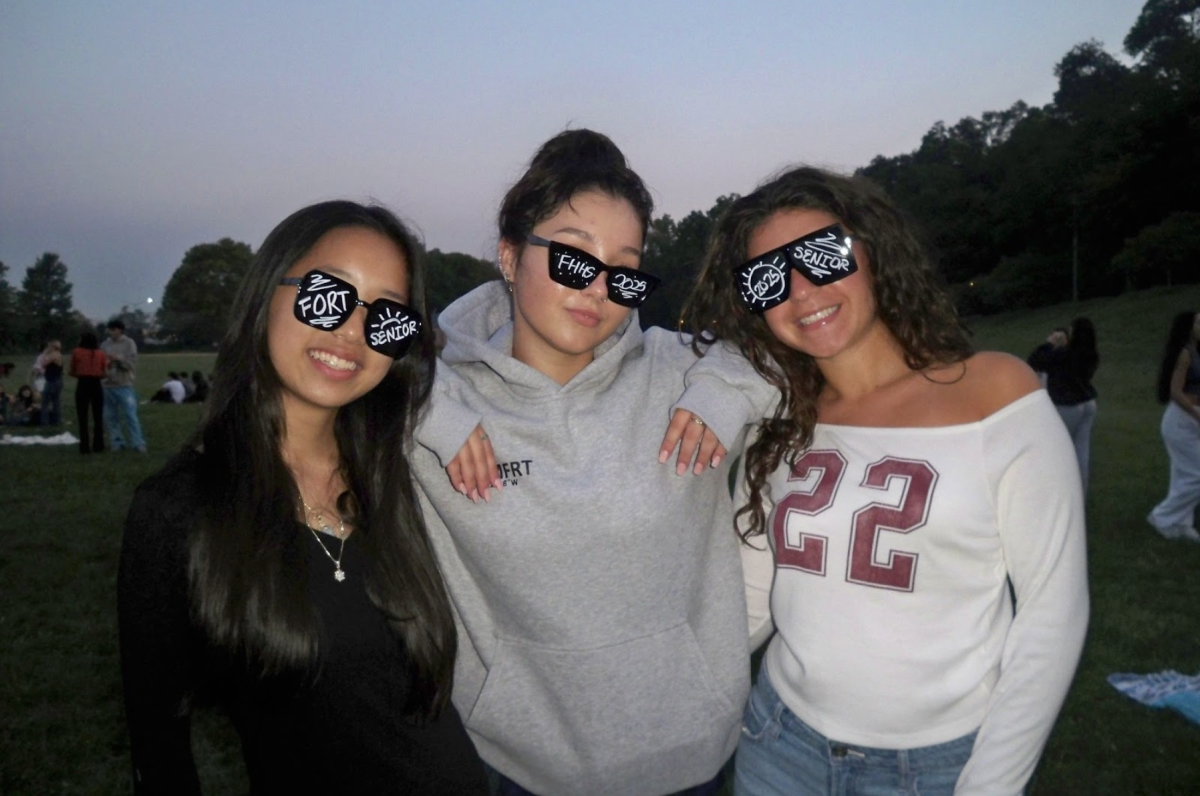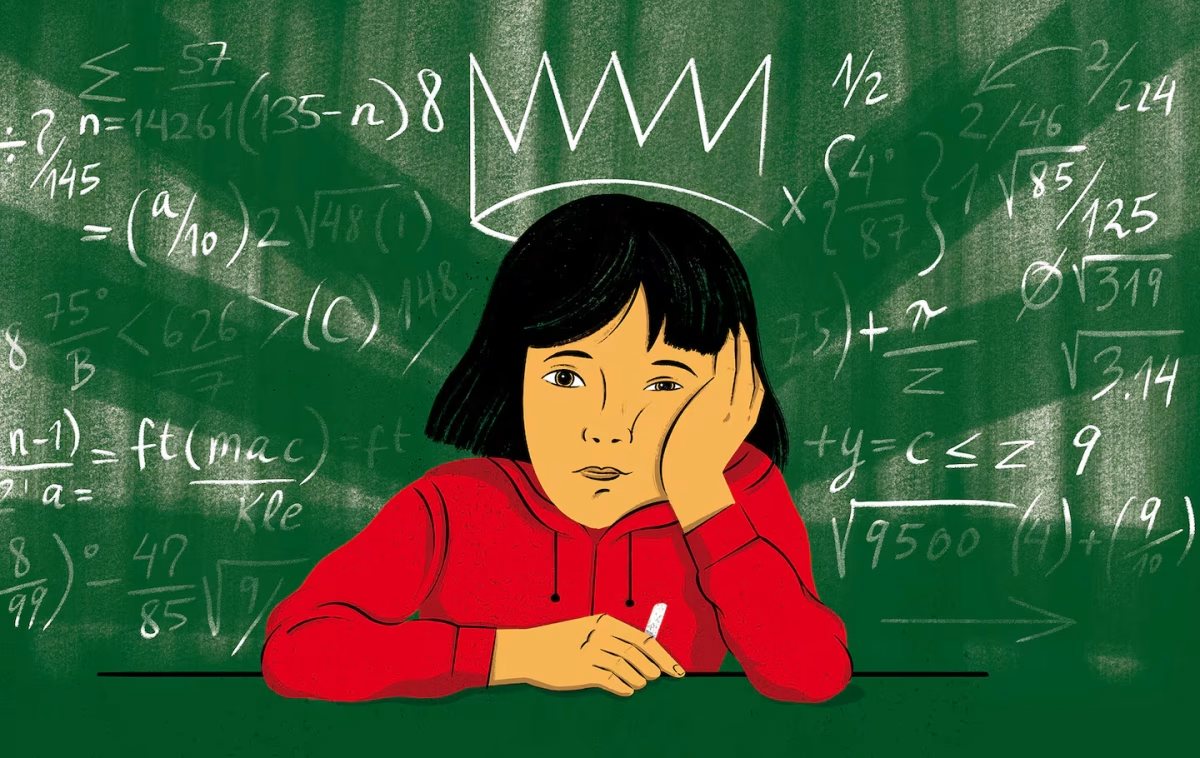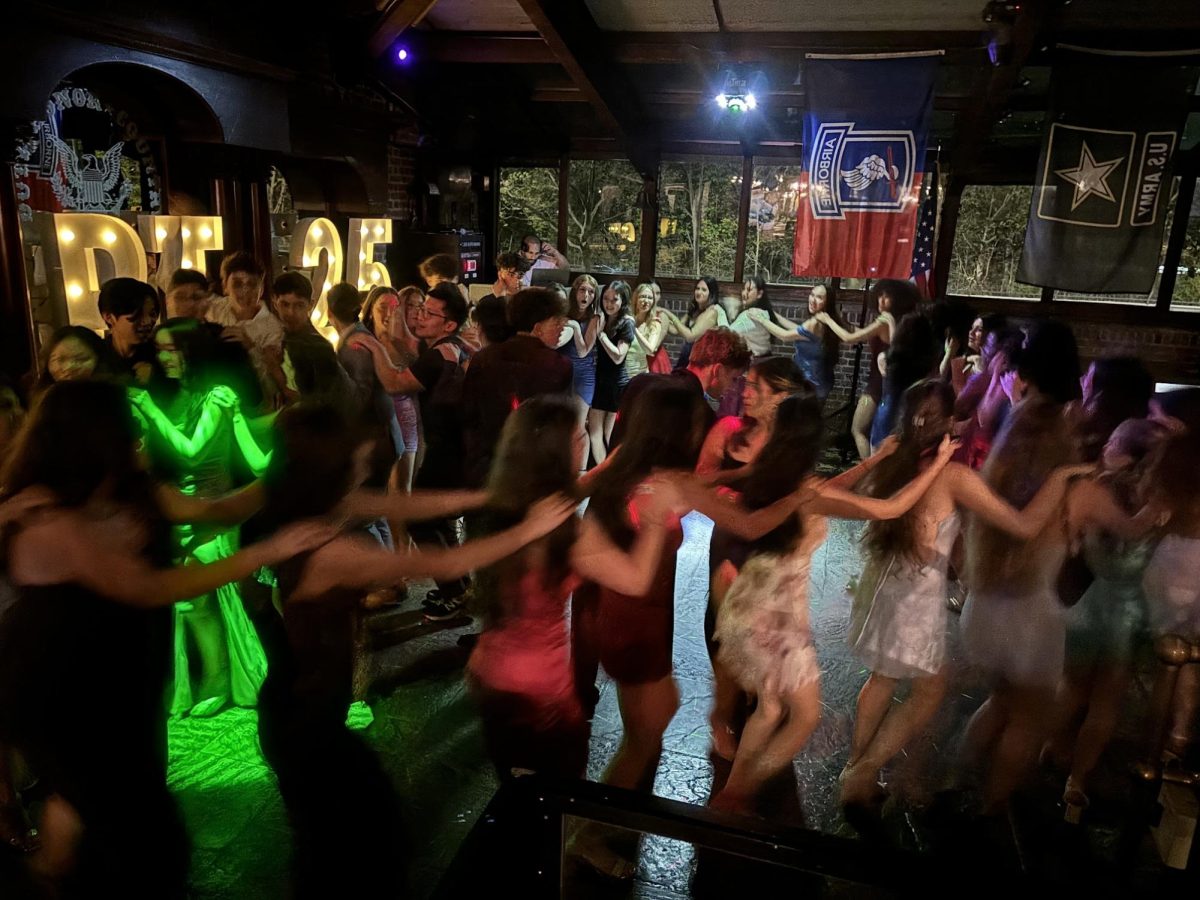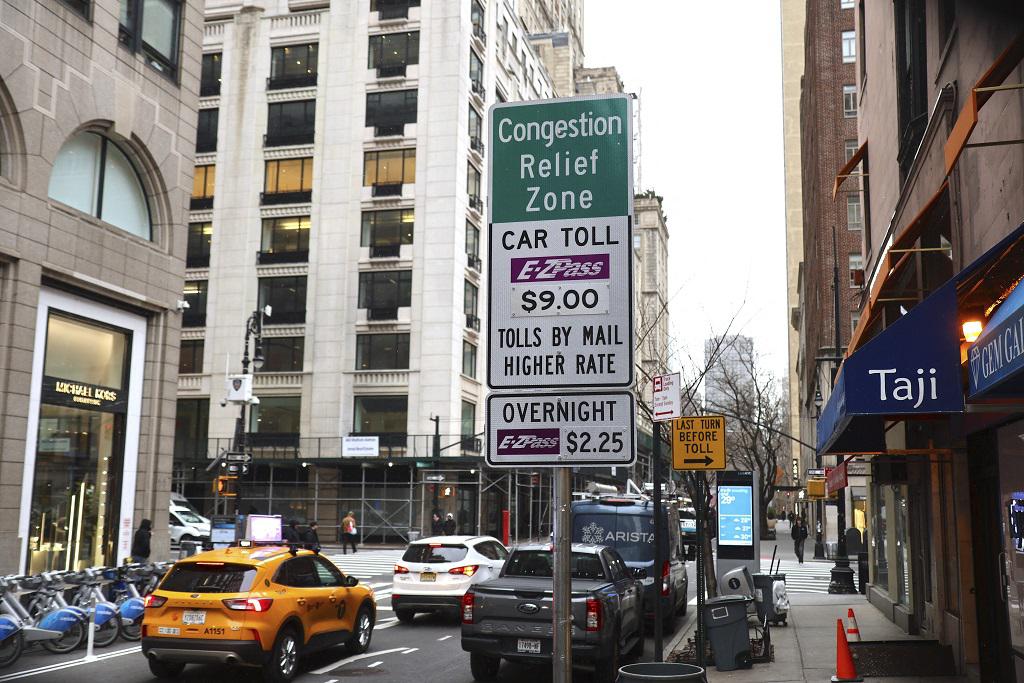All students quoted in this article have been kept anonymous.
Since October 7, 2023, the conflict between Israel and Gaza has had noticeable effects on the Fort Hamilton High School community. As a diverse school, both students and the administration have contended with the issue through various means with many students turning to walkouts.
Since the beginning of this current school year, five walkouts meant to call attention to the issue have taken place, each attracting a couple hundred students who exit the building and chant outside before leaving to continue their protests off of school grounds.
The walkouts have sparked many conversations between staff and students on how they are affecting the school community. On February 11th, 2025, Principal Houlihan sent out an email to parents and students, reiterating walkout policies.
“We support student rights to protest, but students are expected to remain in school for their full day of classes,” she said.
The email reminded students that walking out is a violation of Chancellor’s Regulation B20, which the NYC Department of Education Citywide Behavioral Expectations defines as, “leaving class or school premises without permission of supervising school personnel.”
Students who have participated in the walkouts describe them as a way to make their voices heard beyond the confines of the classroom.
“Walkouts represent students’ voices and connect people from various backgrounds, not only to collaborate on spreading awareness but also to create a safe space to share collective grievances because death, loss, and hurt do not stop at one ethnicity,” said one student.
In an attempt to keep the discussion surrounding Israel and Palestine within school walls, staff and students collaborated on a lesson that was presented to all students in their history classes in October 2024. The lesson featured an educational timeline video about the history of the conflict, along with two case studies on antisemitism and Islamophobia.
As walkouts continued, Fort’s administration has discouraged walkouts because of safety concerns and the disruption to instruction. As the number of walkouts increased over the last school year, increased security measures have been put in place citywide. Students must swipe their IDs before walking out so the school can notify parents if their child has left the school without permission.
The police presence at the walkouts has also been a source of tension among student protesters.
“I remember that the first two walk-outs the students held did not involve the police,” another student said regarding police presence in the last school year. “However, two cop cars came to the third. Then a handful came to the fourth…By the end of the [last] school year, we had lost a lot of traction and only a handful of students stayed to march with us.”
In a series of conversations between students and administration, compromises have been made to lower police presence at these walkouts. While police cars are still present and police can be seen escorting students while they protest outside of school, the number of officers has been limited.
In exchange, students have agreed to notify school personnel before a walkout, so the administration can prepare ahead of time. Additionally, students have been open to the idea of holding walkouts later in the day – as opposed to the regular 11:30 a.m. (or sixth period) start time – so that they are missing fewer classes.
The 1969 landmark Tinker v. Des Moines Supreme Court case, which ruled that students do not “shed their constitutional rights to freedom of speech or expression at the schoolhouse gate,” also added the caveat that schools can restrict speech that “materially and substantially disrupts the educational process.”
Indeed, some Fort staff have expressed concern over the protests’ disruptions to their students’ learning and exam schedules.
“Some of these walkouts have happened on testing days,” said one faculty member who asked to remain anonymous. “So some students end up missing an exam, and to ensure that they don’t find out what questions were on the exam, I end up having to create a new one, which takes a lot of time and effort, and the students end up missing a subsequent lesson because they’re making up that test.”
In May 2025, the Social Studies Department experimented with new lessons created by New Visions, to educate students on the conflict. The lesson, which the school hopes will be taught to all students in coming school years, is meant to keep the dialogue about Palestine and Israel informational, productive and within school boundaries.
“I just want the school to know that the first priority of this school, the cabinet, and the principal is to support students in a safe way that promotes being in the building, being in their classes, and working collaboratively to find ways for them to make an impact on the world,” said Assistant Principal of Security, Mr. Holke. “We always want them to have a voice, but we also want them to be safe and abide by the rules and regulations.”
While it is not clear what the future of these walkouts looks like, walkout participants expressed a commitment to the cause and hope to work with administrators to find a middle ground.
“[Students] want to bear the responsibilities of advocating against unjust political issues, but it is also for us to shift the narrative that young people and [staff] can collaborate on navigating these issues together,” one student said.

